Are you a train enthusiast? Here are the best railway museums in Brazil:
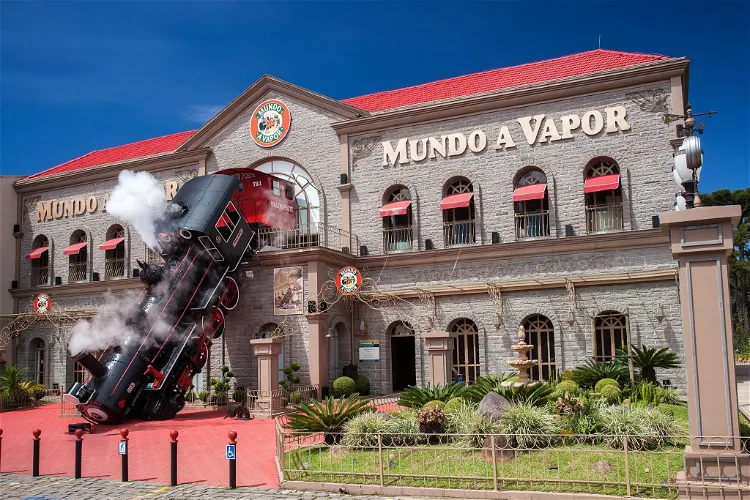
Steam World Museum
CanelaMundo a Vapor is a unique theme park situated in Canela, Rio Grande do Sul, Brazil. The park offers visitors an opportunity to explore replicas of various machines that were once powered by steam. These include a paper factory, a pottery, and a blacksmith, among others. This provides a fascinating insight into the industrial history and the role of steam power in the past.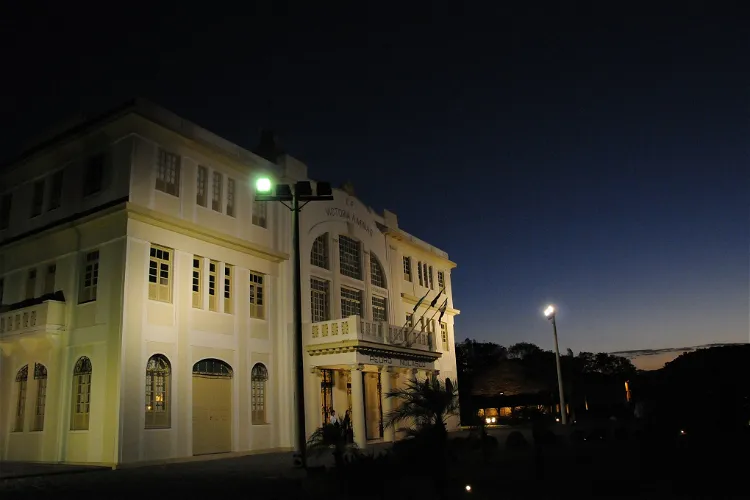
Vale Museum
Vila VelhaThe Vale Museum is situated in the city of Vila Velha, Espírito Santo. It is housed in the historic Pedro Nolasco Station of the Vitória - Minas railway. This location adds a unique historical charm to the museum, making it a fascinating destination for tourists interested in history and architecture.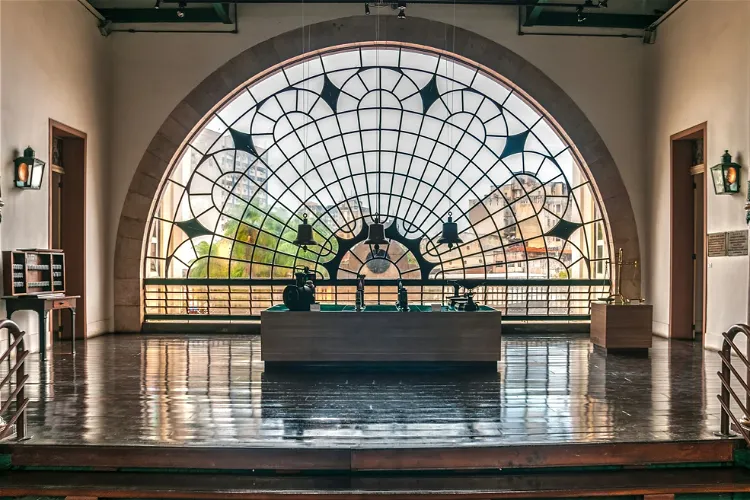
Central Station Capiba - Recife Train Museum
RecifeThe Museu do Trem, also known as Estação Central Capiba/Museu do Trem, is a railway museum situated in Recife, the capital city of the Brazilian state of Pernambuco. It is a significant cultural and historical site that offers a glimpse into the rich railway history of the region.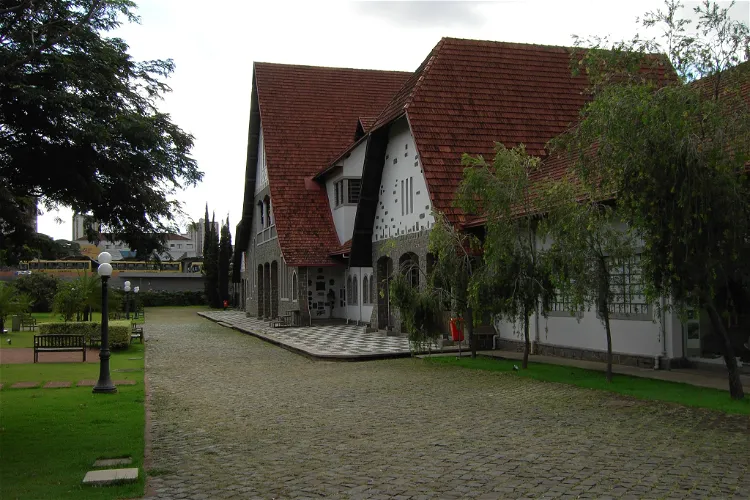
Londrina Historical Museum
LondrinaThe Londrina Historical Museum Padre Carlos Weiss is a part of the State University of Londrina (UEL). This connection to the university adds a layer of academic credibility to the museum, making it a reliable source of historical information about the city and region.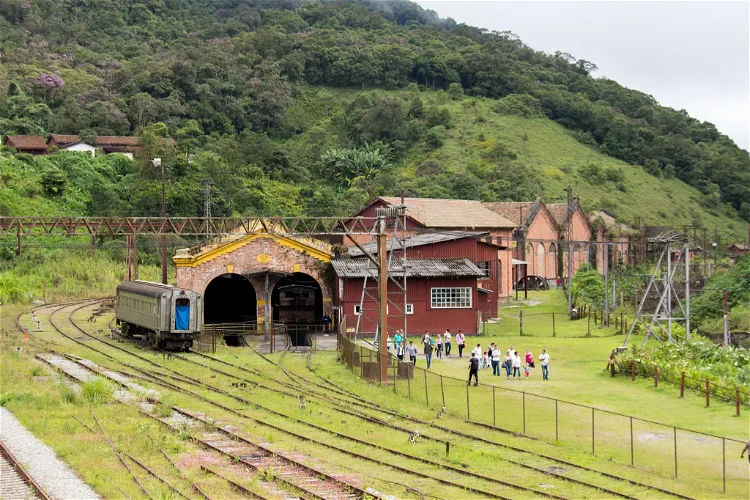
Technological Railway Museum of Funicular
Santo AndréThe Technological Railway Museum of Funicular is a significant landmark located at the top of the Serra do Mar in the state of São Paulo. It is situated in the historic Vila de Paranapiacaba, a place rich in history and culture. This location offers a unique blend of technological and historical exploration for visitors.
Historic Train Station
LouveiraThe Louveira Train Station holds a significant place in history as it was the first railway station built and inaugurated by the Companhia Paulista de Estradas de Ferro (CPEF). This event took place on March 31, 1872, marking a milestone in the development of the railway system in the region.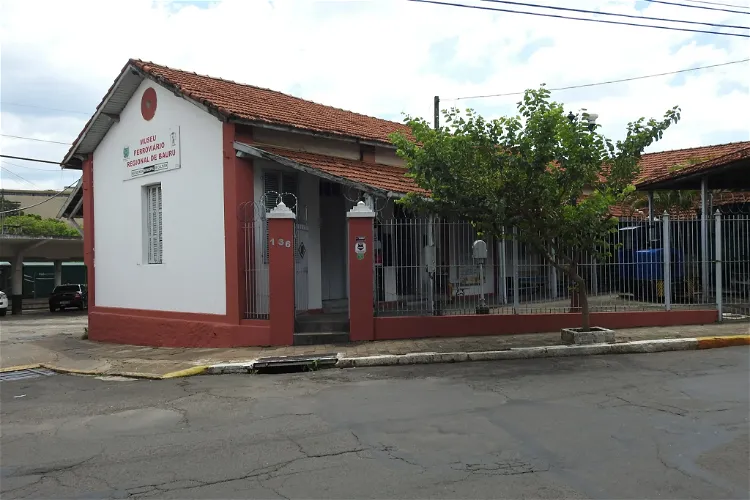
Bauru Regional Railroad Museum
BauruThe Bauru Regional Railroad Museum, founded on August 26, 1989, is conveniently located near the Railway Station in the city center of Bauru, in the state of São Paulo. This central location makes it easily accessible for tourists visiting the city.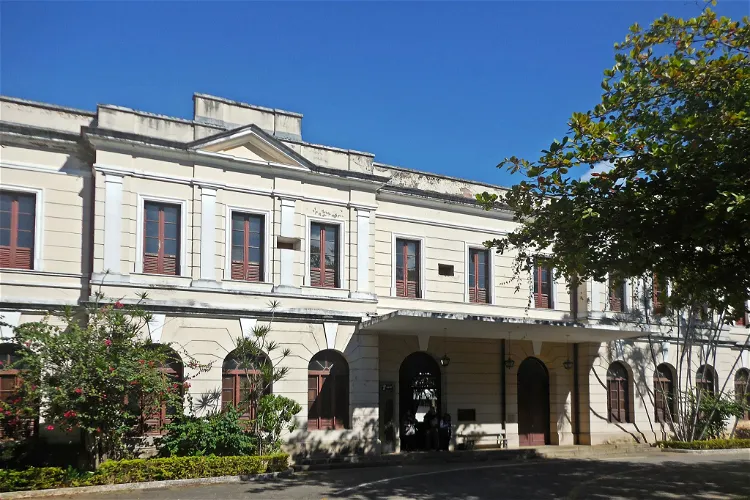
Juiz de Fora Railway Museum
Juiz de ForaThe Juiz de Fora Railway Museum, located in Juiz de Fora, Minas Gerais, is a significant site dedicated to the history of the railway in the municipality and also in Brazil. The museum was inaugurated in August 2003 and offers a deep dive into the rich railway history of the region and the country.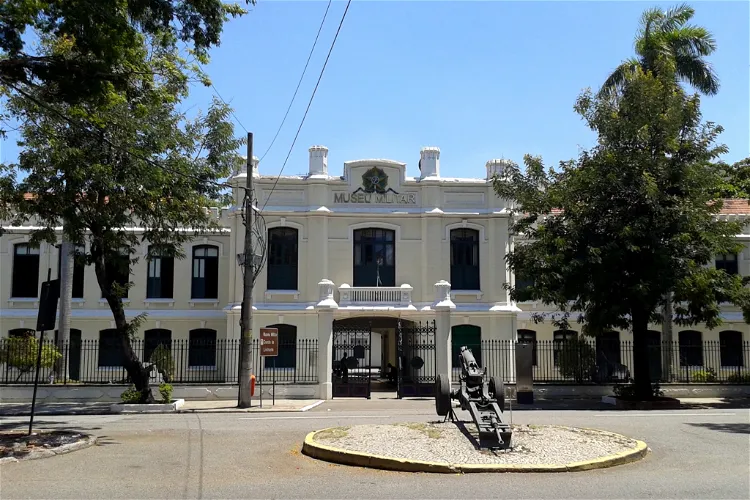
Military Museum Conde de Linhares
Rio de JaneiroThe Military Museum Conde de Linhares (MMCL) is situated in the São Cristóvão neighborhood of Rio de Janeiro, Brazil. This location is easily accessible and offers a unique insight into the military history of the country.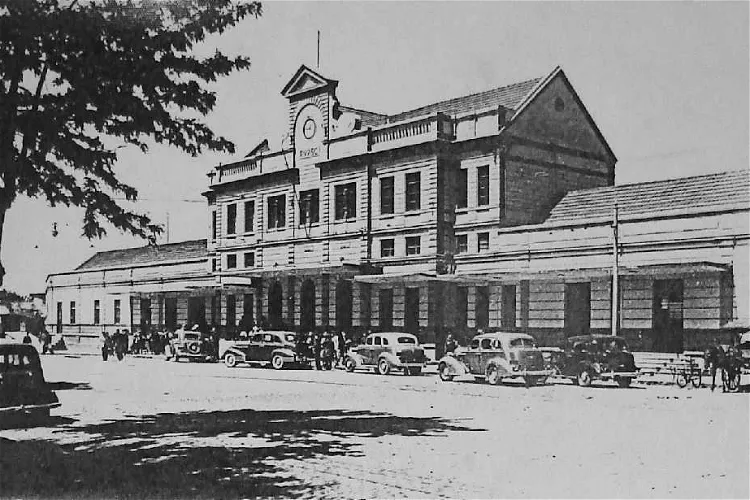
Railway Museum
CuritibaThe Railway Museum of Curitiba is housed in the historic Curitiba Railway Station, a building that was inaugurated in 1885. This location adds a layer of historical significance to the museum, as it was once a part of the Curitiba Paranaguá Railway until 1972.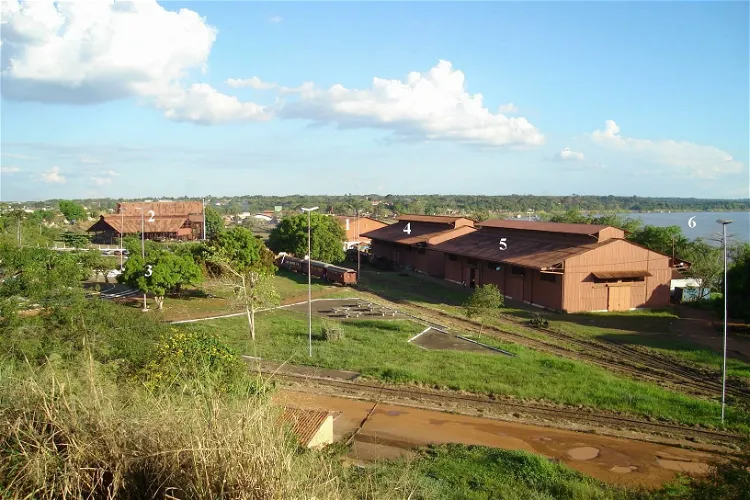
Museu da Estrada de Ferro Madeira-Mamoré
Porto VelhoThe Museu da Estrada de Ferro Madeira-Mamoré is a thematic museum located at Praça da EFMM in Porto Velho, Rondônia, Brazil. It is a significant historical attraction in the region, housing various exhibits that visitors can explore.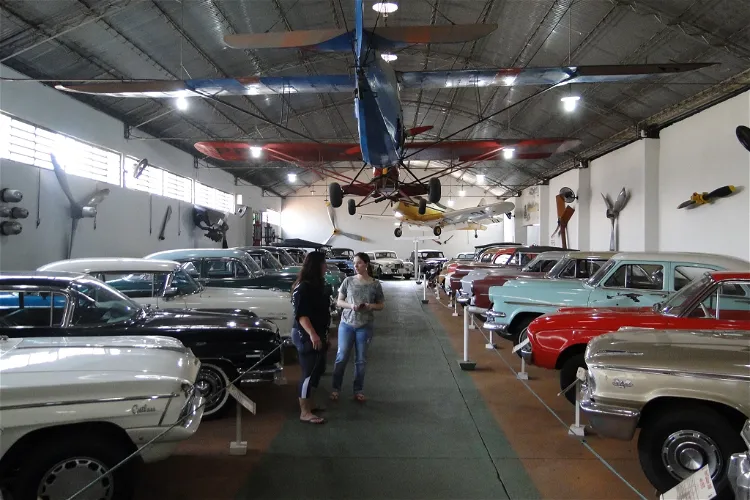
Museum Eduardo André Matarazzo
BebedouroThe Eduardo André Matarazzo Museum of Arms, Vehicles and Machines, also known as the Automobile Museum, is a private institution located in Bebedouro, a city in the interior of São Paulo, Brazil. Established in 1964, the museum was initially based in São Paulo city but was moved to Bebedouro between 1968 and 1970. The museum houses a collection of almost 300 pieces, including approximately 90 automobiles, most of which were manufactured between the 1900s and 1950s.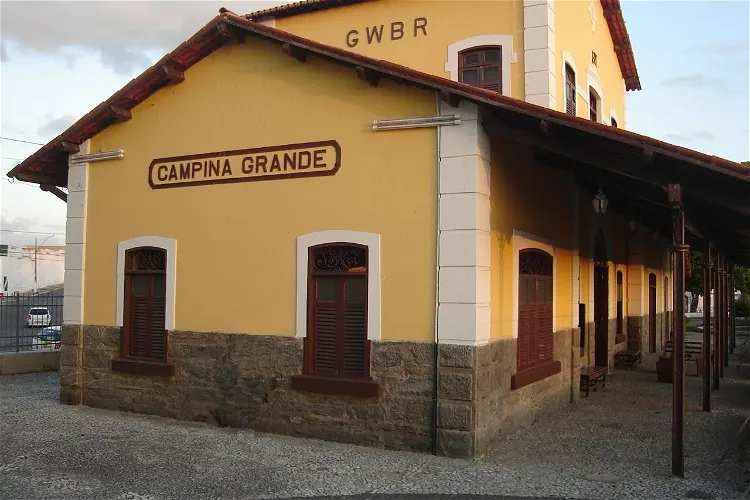
Cotton Museum
Campina GrandeThe Cotton Museum, officially known as the Museum of History and Technology of Cotton, is situated in the city of Campina Grande in the state of Paraíba. The museum's primary objective is to preserve and showcase the rich history and culture of cotton in the state. It is an ideal place for tourists who are interested in learning about the historical significance of cotton in the region.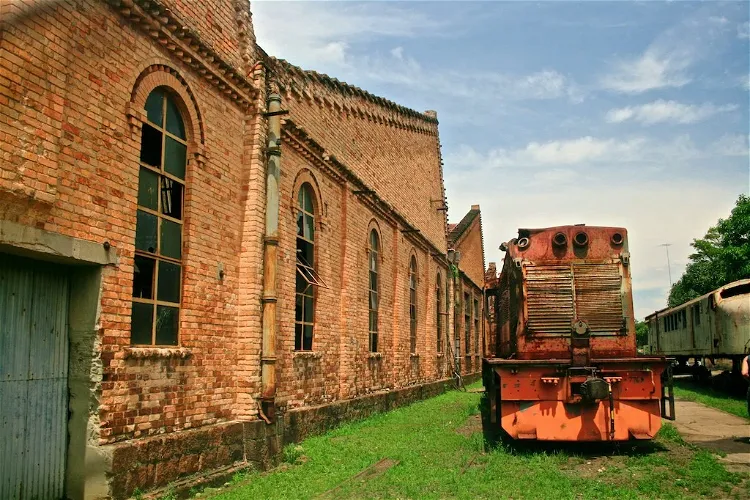
Companhia Paulista Museum
JundiaíThe Companhia Paulista Museum, which was previously known as the Barão de Mauá Railway Museum, was inaugurated on March 9, 1979. It is located in the city of Jundiaí, in the state of São Paulo, Brazil. This museum is a significant historical site that offers a glimpse into the country's railway history.
Parque Histórico de Carambeí
CarambeíThe Parque Histórico de Carambeí (PHC) is an open-air historical museum situated in the municipality of Carambeí, in the state of Paraná. The museum was inaugurated in 2011, during the Centenary of Dutch Immigration celebrations, and spans an impressive 100,000 square meters.
Estação Ferroviária de Joinville
JoinvilleThe Estação Ferroviária de Joinville, constructed in 1906, is a significant part of Brazil's railway heritage. It stands as a landmark in the process of industrialization and development of the municipality. Its Teutonic-Brazilian architecture and its close emotional connection with the Joinville society make it a representative cultural asset of the local culture and a tourist attraction.
Memorial Coluna Prestes
Santo ÂngeloThe Memorial Coluna Prestes is a museum situated in the city of Santo Ângelo, in the state of Rio Grande do Sul, Brazil. It is housed in the building of the city's old railway station since 1996. The museum is dedicated to one of the greatest revolutionary marches in history, the Coluna Prestes, led by Luís Carlos Prestes, which originated in Santo Ângelo.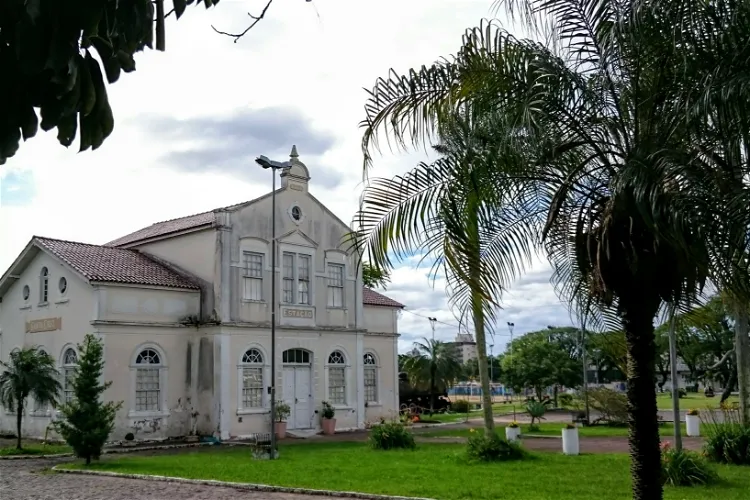
Centro de Cultura Jornalista Francisco José Frantz
Santa Cruz do SulThe Santa Cruz do Sul Station, located in the municipality of Santa Cruz do Sul, has a rich history dating back to its inauguration on November 15, 1905. The station was opened by the president of the province, Borges de Medeiros, and served as the terminal of the old Santa Cruz branch. This historical significance adds a layer of depth to the cultural experience of visiting the station.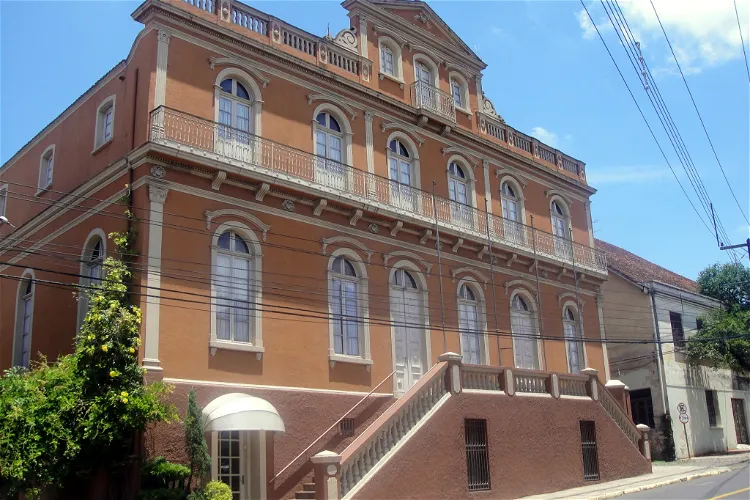
Ernesto Frederico Scheffel Foundation
Novo HamburgoThe city of Novo Hamburgo has its roots in the area of Hamburgerberg, now known as Hamburgo Velho. The city got its name, New Hamburg-Novo Hamburgo, from the English who were constructing a railway in 1876. This historical fact adds a unique aspect to the city's identity and is a point of interest for visitors.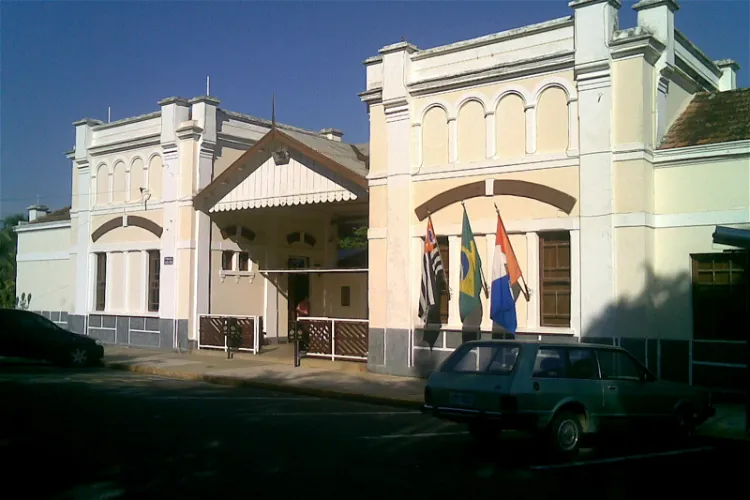
Museu Ferroviário de Indaiatuba
IndaiatubaThe Museu Ferroviário de Indaiatuba, or Indaiatuba Railway Museum, is situated in the former Indaiatuba Railway Station of the Ytuana Railway Company. This location is in the State of São Paulo, Brazil. The museum's location adds a historical context to the exhibits, as it is housed in a building that was once a bustling railway station.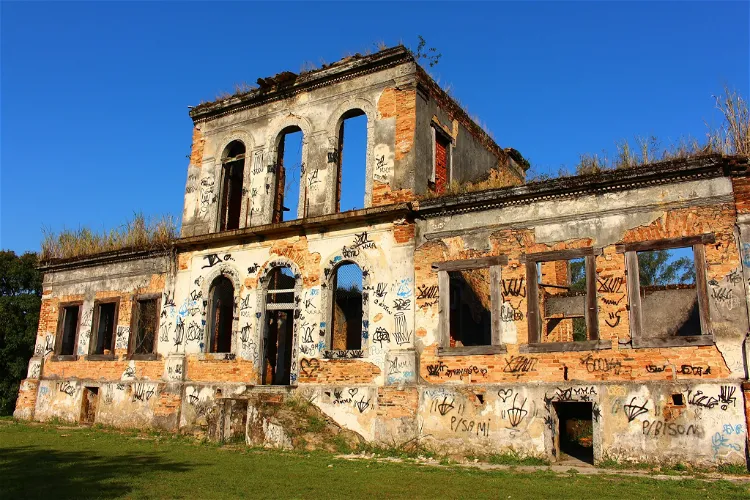
Fazenda São Bernardino
Nova IguaçuFazenda São Bernardino is a historical site located in Iguaçu Velho, within the municipality of Nova Iguaçu, in the state of Rio de Janeiro. The remnants of the old property include the ruins of its headquarters, which were constructed in the 19th century. These ruins provide a glimpse into the past and the rich history of the region.- 22
Museu Etno-Arqueológico
ItajaíThe Museu Etno-Arqueológico de Itajaí, located in Itajaí, is a museum that focuses on the prehistoric archaeology of the sambaqui and the rural ethnography of the lower Itajaí-Mirim River Valley, in the northern coast of Santa Catarina. This museum provides a unique opportunity for visitors to delve into the prehistoric and rural cultural aspects of the region. - 23
Mine Visitation Octávio Fontana
CriciúmaThe Octávio Fontana Mine is a unique tourist attraction located in Criciúma, Brazil. It provides visitors with an opportunity to learn about the history of coal extraction in the city. The mine offers a journey, either on foot or aboard a mini locomotive, through a 300-meter route where various stations narrate the story of the city's coal heritage.